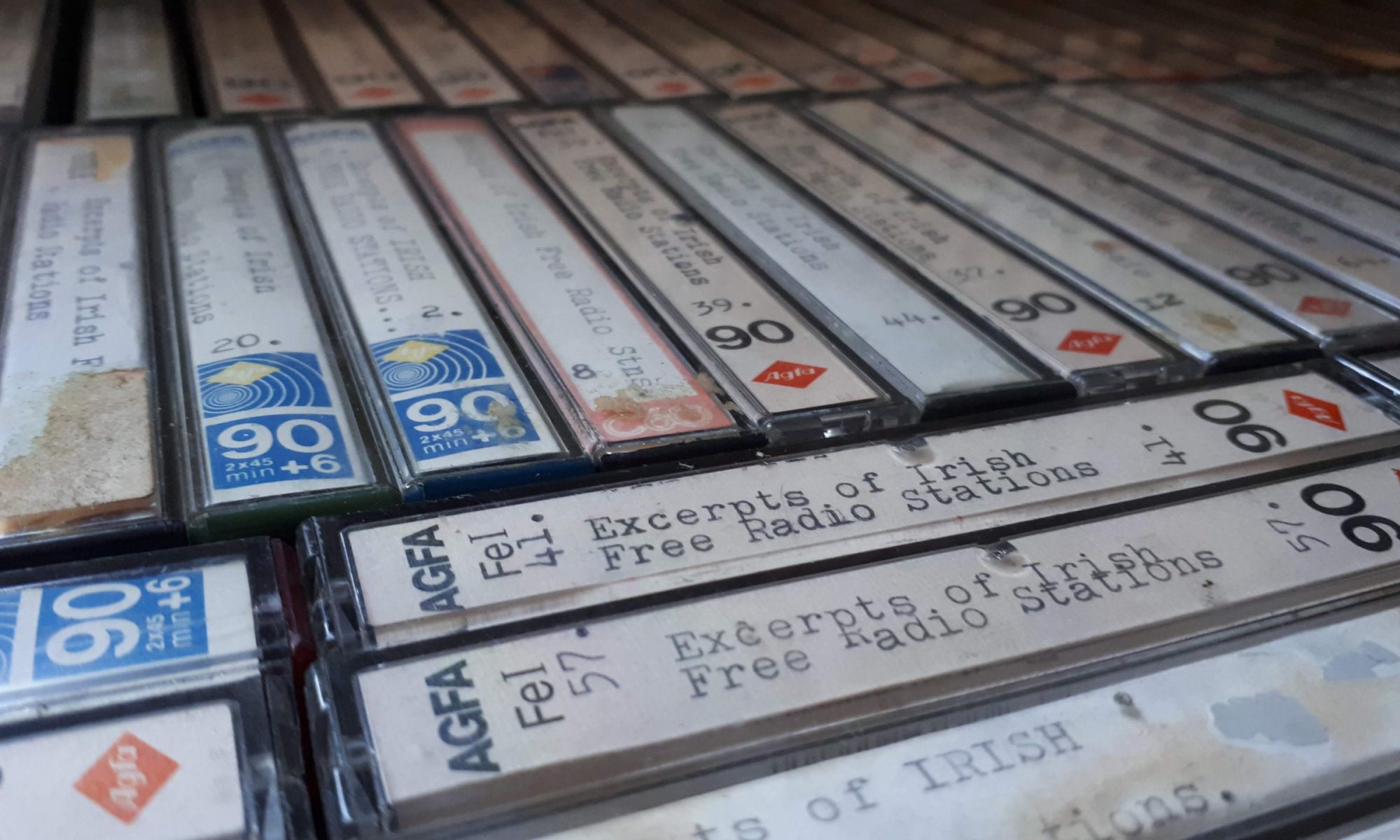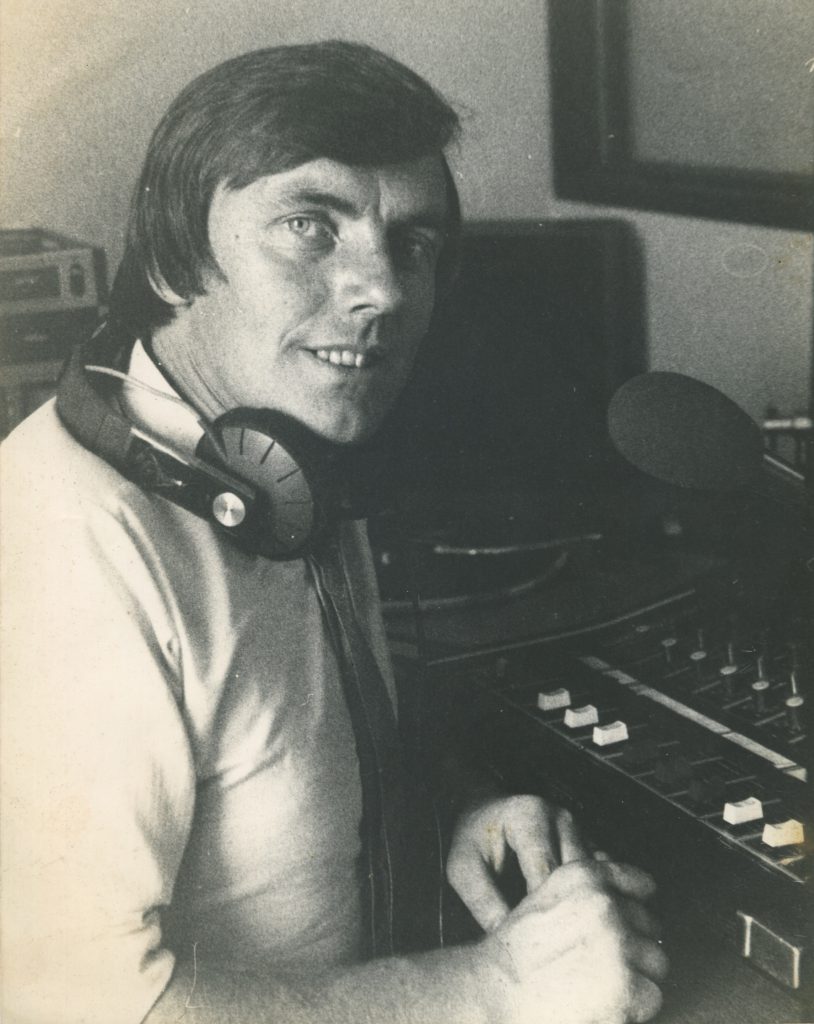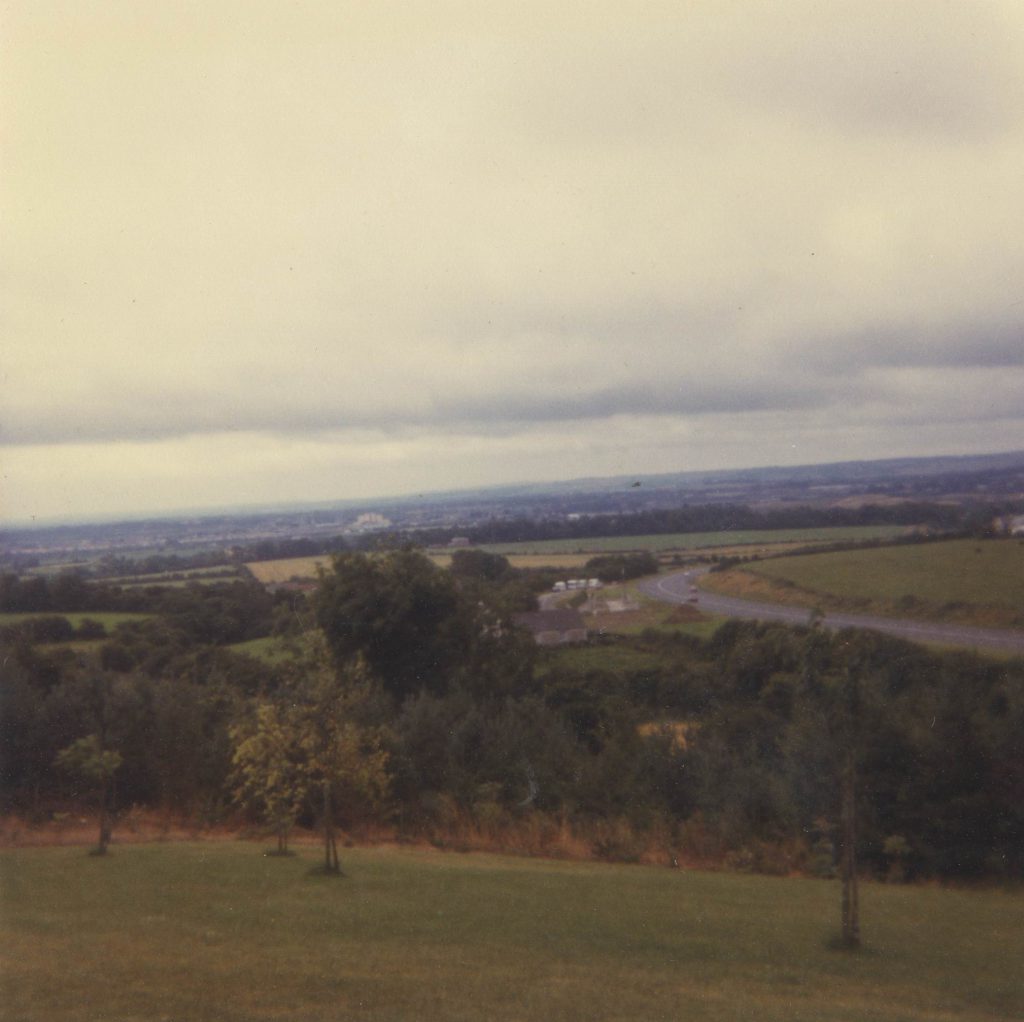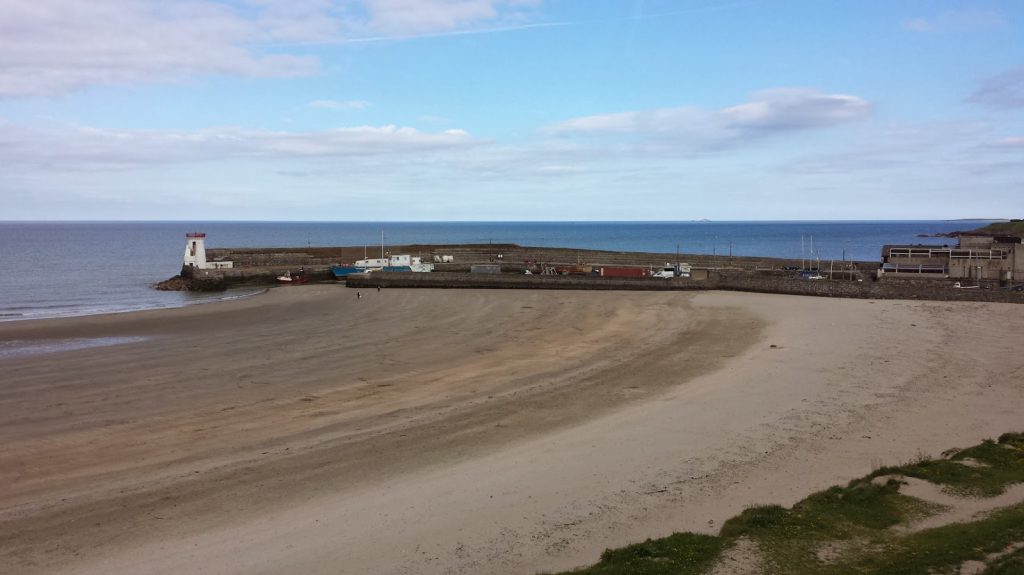Podcast: Play in new window | Download
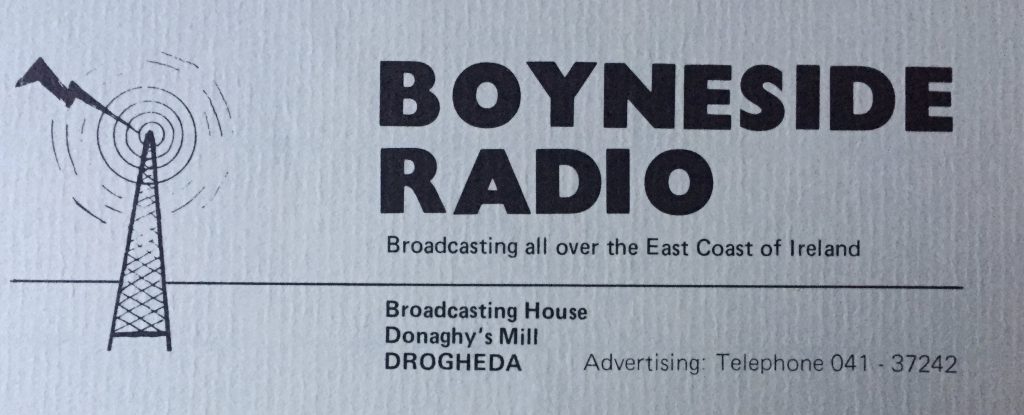
Boyneside Radio made good use of professional jingles and idents during its ten-year existence.
Here is a selection of station idents featuring the unforgettable voice of Bill Mitchell, in which several Boyneside presenters are named. They are followed by Boyneside’s familiar jingle package which was produced through CPMG (aka PAMS Europe) in Bexleyheath in England. The same company made the first jingles for ERI in Cork and did the South Coast Radio package as well.
Thanks to Eddie Caffrey for the donation and to Ian Biggar for background information. You can hear more Boyneside jingles here.
